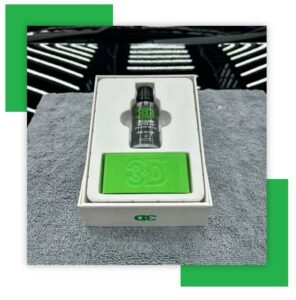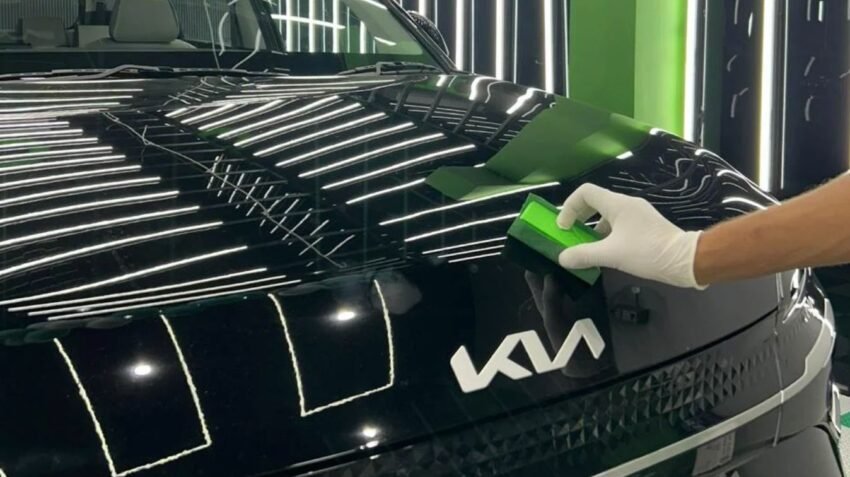Ceramic coating has become a go-to solution for car owners seeking long-lasting protection and shine. It offers superior defense against UV rays, dirt, water spots, and light scratches. However, one of the most common questions car owners ask is: why do ceramic coating costs vary so much between different car models? The answer lies in a range of vehicle-specific factors that influence the complexity and effort involved in the application process.
Size and Surface Area
One of the primary factors that affect ceramic coating costs is the overall size of the vehicle. Larger cars such as SUVs, vans, and pickup trucks have a greater surface area than compact hatchbacks or sedans. More surface area means more product is required, and significantly more time and effort is needed to prepare and coat the vehicle thoroughly. Even minor variations in size can add hours of labor, which reflects in the final cost.
Design Complexity
Not all vehicles have the same level of design intricacy. Some models have a sleek, simple design with flat panels, while others feature deep curves, multiple angles, and intricate body lines. Sports cars and luxury vehicles often have detailed contours that demand careful application and precise attention to detail. The more complex the design, the more time-consuming the coating process becomes, thereby influencing ceramic coating costs.
Paint Condition and Prep Work
The condition of the car’s paint before the coating is applied also plays a critical role. Different models, depending on their make, usage, and maintenance history, will have varying levels of surface imperfections. Swirl marks, scratches, oxidation, and contaminants need to be corrected before the ceramic layer is applied. Some car models, especially those with softer clear coats, require more intensive paint correction, which directly impacts ceramic coating costs.
Trim and Surface Variations
Car models also differ in the amount and type of non-painted surfaces such as plastic trims, rubber seals, and chrome detailing. These surfaces require special attention or masking during the coating process. Vehicles with a mix of materials or extensive trim components demand more labor and skill during the application, further contributing to the differences in ceramic coating costs.
Brand and Build Quality
The brand and model of an automobile most of the times dictate the grade of materials which are constructed. More high-end vehicles, it is true, of luxury car manufacturers, could be of paint finish of softer or more delicate quality which need to be treated with tender care. More so, expensive vehicles are associated with factory-made coatings or finishing that requires treatment or decoding which leads towards effective application of the ceramic layer. All these extend the time and level of complexity of the work to affect the cost of ceramic coating.

Conclusion
In short, it can be concluded that the cost of ceramic coating varies depending on different factors that vary across car models. The nature, size and complexity of the vehicle design, quality of paint and the variety of materials used about the vehicle and the characteristics unique to each manufacturer are some of the determinations of the amount of effort and expertise involved. Knowledge of the difference assists in correct decision making by car owners and gains having clarity of the value of professional services in ceramic coating.

